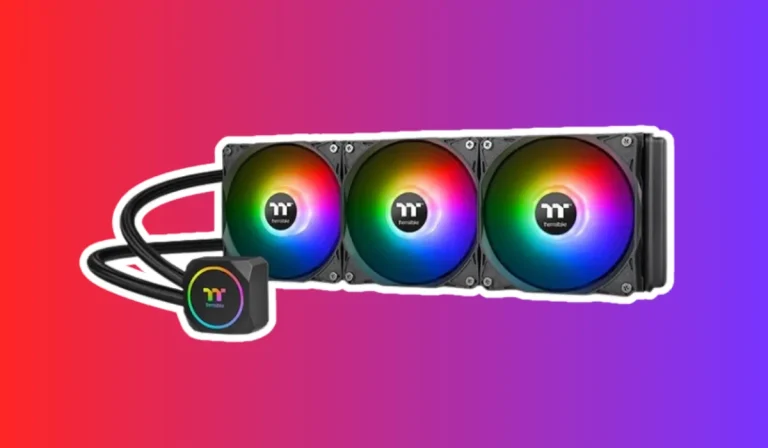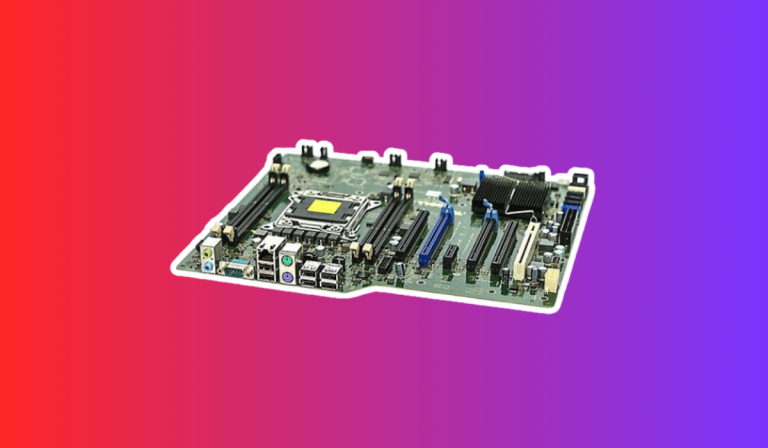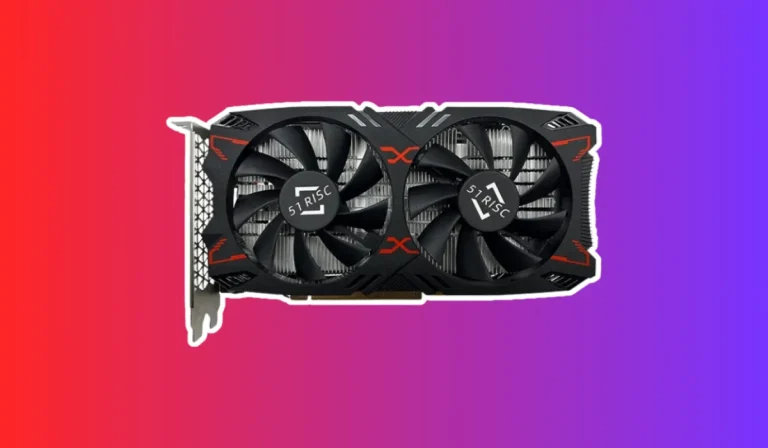Is a graphics card really important in laptops or computers? How?
Are you curious about the role of graphics cards in today’s laptops and computers? Wondering why they are so important? Look no further! We will delve into the significance of graphics cards and how they enhance visual quality and overall performance.
How does a graphics card enhance visual quality?
Rendering Complex Graphics
A graphics card contains a dedicated Graphics Processing Unit (GPU) that is optimized for rendering complex graphics. The GPU consists of thousands of cores that work in parallel to process and render images with incredible speed and efficiency.
This allows for the smooth rendering of high-resolution textures, realistic lighting effects, and intricate details in games and visual applications.
Accelerating Graphics Processing
Graphics cards offload the processing of graphics-intensive tasks from the computer’s central processing unit (CPU) to the GPU. This specialization allows the CPU to focus on other essential tasks, resulting in improved overall system performance.
By dedicating resources solely to graphics processing, a graphics card ensures that visuals are rendered quickly and smoothly, providing a seamless and immersive experience.
Enhancing Gaming Performance
For gamers, a graphics card is a game-changer. It provides the necessary horsepower to run demanding games at higher resolutions and frame rates. With a powerful graphics card, you can enjoy visually stunning graphics, realistic physics simulations, and immersive virtual reality experiences.
The dedicated VRAM (Video Random Access Memory) on the graphics card ensures that textures and game data can be loaded quickly, reducing lag and improving responsiveness.
What are the benefits of a dedicated graphics card?
Enhanced Gaming Performance
One of the primary benefits of a dedicated graphics card is improved gaming performance. Integrated graphics rely on the computer’s main processor (CPU) for graphics processing, which can result in lower frame rates and reduced visual quality.
A dedicated graphics card has its own dedicated memory (VRAM) and processing power, allowing it to handle the demanding requirements of modern games. This translates to smoother gameplay, higher frame rates, and better graphics quality, providing a more immersive gaming experience.
Smooth Video Playback and Editing
If you frequently watch high-definition videos or edit videos on your laptop or computer, a dedicated graphics card can significantly enhance your experience. It offloads the video decoding and rendering tasks from the CPU to the GPU, ensuring smooth playback and reducing the chances of stuttering or lag.
Additionally, when editing videos, a dedicated graphics card can accelerate rendering times, allowing for faster editing workflows and real-time previews of effects and transitions.
Improved Multimedia and Creativity
Apart from gaming and video-related tasks, a dedicated graphics card benefits multimedia and creative applications. Whether you’re working with graphic design software, 3D modeling tools, or photo editing programs, a dedicated graphics card can handle complex visual tasks more efficiently.
It enables faster rendering of visual effects, smoother manipulation of high-resolution images, and real-time previews of designs, making your creative process more fluid and responsive.
How do graphics cards affect gaming performance?
Rendering and Displaying Graphics
When playing games, the graphics card takes on the responsibility of rendering and displaying the game’s visuals on your screen. It processes the game’s graphics data, including textures, lighting, shadows, and special effects, and converts them into images that you see in real-time.
A powerful graphics card with dedicated memory (VRAM) can handle these tasks efficiently, resulting in smoother gameplay, higher frame rates, and more detailed and realistic visuals.
Frame Rates and Smooth Gameplay
Frame rate refers to the number of frames or images displayed per second in a game. Higher frame rates result in smoother and more responsive gameplay. A graphics card with robust processing power can deliver higher frame rates, allowing for smoother character movements, more precise controls, and reduced input lag.
This is particularly important in fast-paced games where split-second decisions and reactions are crucial.
Graphics Quality and Immersion
A dedicated graphics card also determines the graphics quality and level of detail you can experience in games. It allows you to play games at higher resolutions, such as 1080p or even 4K, which results in sharper and more vibrant visuals.
Additionally, a powerful graphics card can handle advanced graphical effects like real-time ray tracing, which adds realistic lighting and reflections to enhance the overall visual fidelity of the game. These improvements contribute to a more immersive and visually stunning gaming experience.
FAQs – Is a Graphics Card Really Important in Laptops or Computers?
1. Can’t I rely on integrated graphics instead of a dedicated graphics card?
While integrated graphics can handle basic tasks, a dedicated graphics card is crucial for demanding applications like gaming, video editing, and 3D rendering. It provides significantly better performance and visual quality.
2. Do all laptops and computers come with a graphics card?
No, not all laptops and computers come with a dedicated graphics card. Some budget-friendly models may only have integrated graphics, which may limit their ability to handle graphics-intensive tasks.
3. Can I upgrade the graphics card on my laptop or computer?
Upgrading the graphics card in a laptop is usually not possible due to the limited space and custom designs. However, desktop computers often allow for graphics card upgrades, depending on the compatibility of the motherboard and power supply.
4. Will having a graphics card improve the performance of non-gaming applications?
Yes, a graphics card can enhance the performance of non-gaming applications like video editing, graphic design, and 3D modeling. It accelerates rendering times, improves real-time previews, and handles complex visual tasks more efficiently.
5. Do I need a high-end graphics card for casual gaming or basic tasks?
For casual gaming and basic tasks, a mid-range graphics card should suffice. High-end graphics cards are more suitable for demanding games, virtual reality experiences, and professional applications that require advanced graphics processing capabilities.
Conclusion
Graphics cards play a crucial role in laptops and computers by enhancing visual quality and overall performance. Whether you’re a gamer, video editor, or creative professional, a dedicated graphics card ensures smoother gameplay, higher frame rates, and more detailed visuals.
It offloads graphics processing from the CPU, resulting in improved multimedia experiences and faster rendering times. Remember, investing in a capable graphics card unlocks the full potential of your device, delivering immersive visual experiences like never before.




